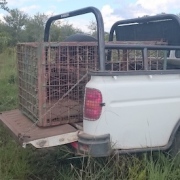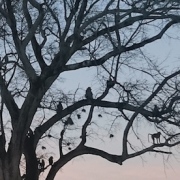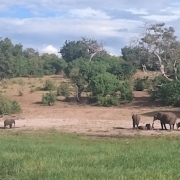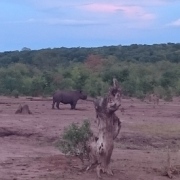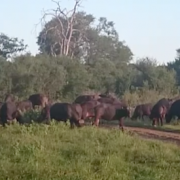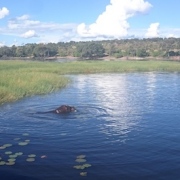Equipment safety in the African bush
As I set off two months ago for this sound recording & learning-about-African-nature-and-wildlife endeavour, I had essentially no idea how to tackle the problem of protecting my equipment from the environment here. Since then, I’ve amassed close to 600GB of sound recordings and learnt a few tricks regarding the safekeeping of my stuff while its left outdoors for sessions as long as 24 to 30 hours. The bottom line conclusion of keeping your gear from being torn to pieces by big & curious African wildlife: it’s not easy, but it’s certainly possible, especially if you’re lucky enough to get some help from people who know better than you.
To recap briefly, the reason why I set off to Zimbabwe for two months was to follow a FGASA course, which was going to train me at lightning speed how to be a safari guide. That course is now done and dusted, I’ve passed, and I can conduct a guided safari/field experience from a vehicle now. But the point here is that as soon as I mentioned my sound recording plans to the course instructor, he immediately and strongly discouraged me to leave my equipment out there in the naive way that I had imagined it was going to work.
My brilliantly thought out plan was: I’ve got a bunch of long and strong cable ties, I will just tie my mics to a tree and job’s a gooden. His immediate answer to that was that baboons will come and check this strange shiny new thing out, and absolutely destroy it within minutes. And if the baboons won’t get to it, then the elephants might. And if not the elephants, then count on the hyenas to run off with your expensive toys. Want to set up and record by the water? A hippo will come and shit all over your mic before it crushes it to bits. So his suggestion was to use a cage, and a strong one at that – a cage to trap leopards with would do the job nicely, and it just so happened that this reserve here owned one of those.


